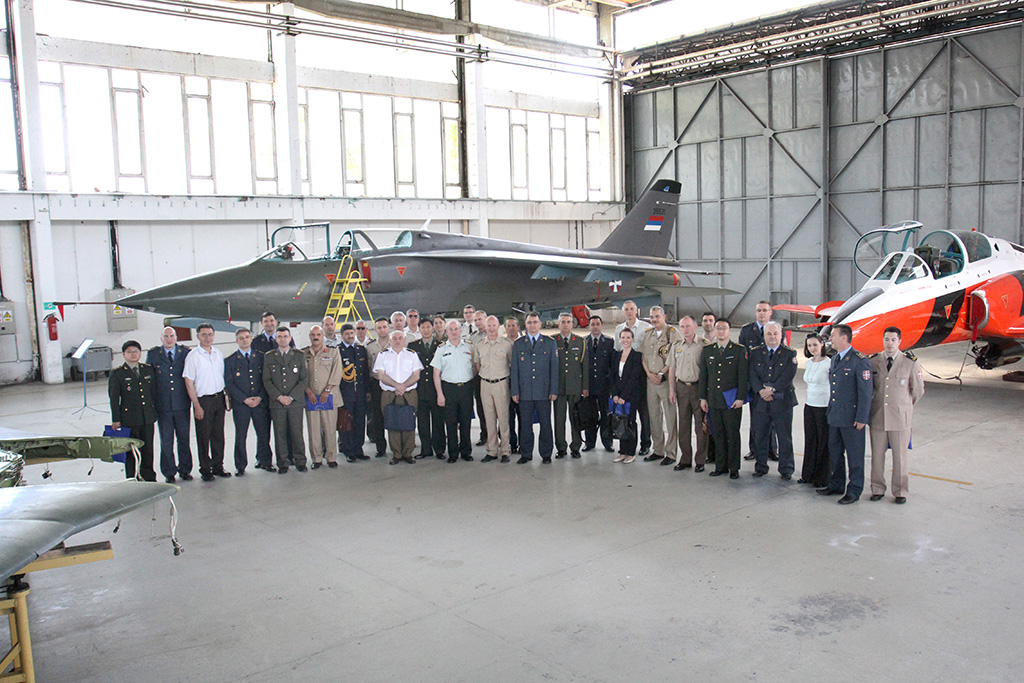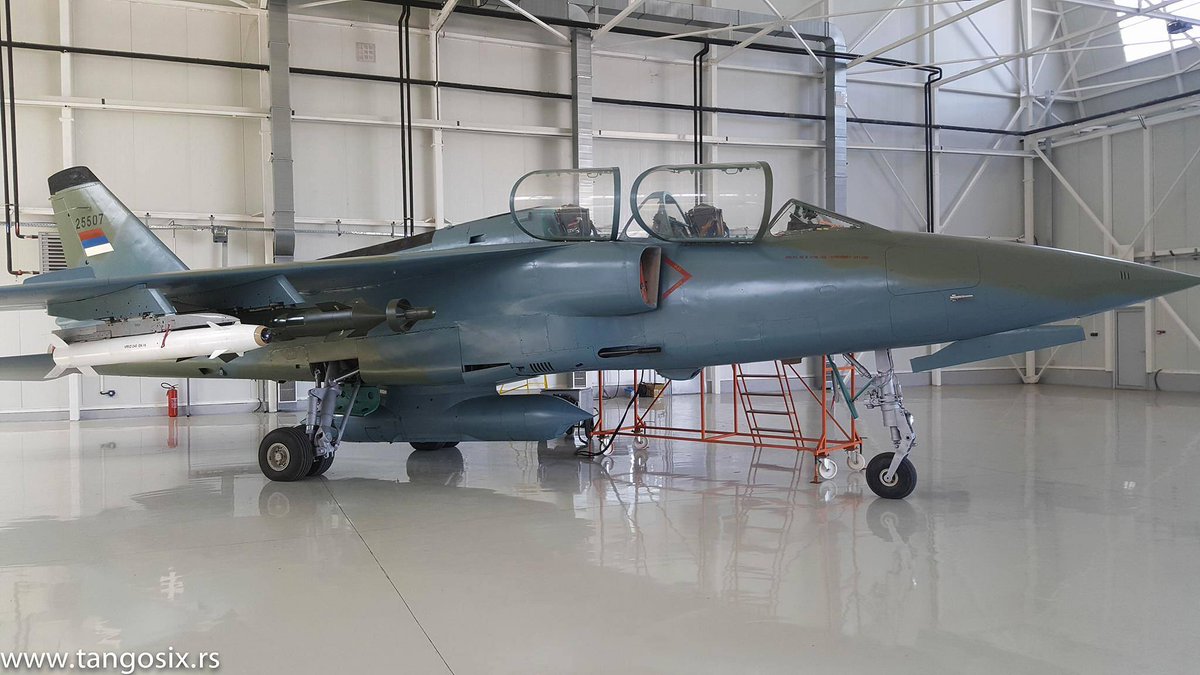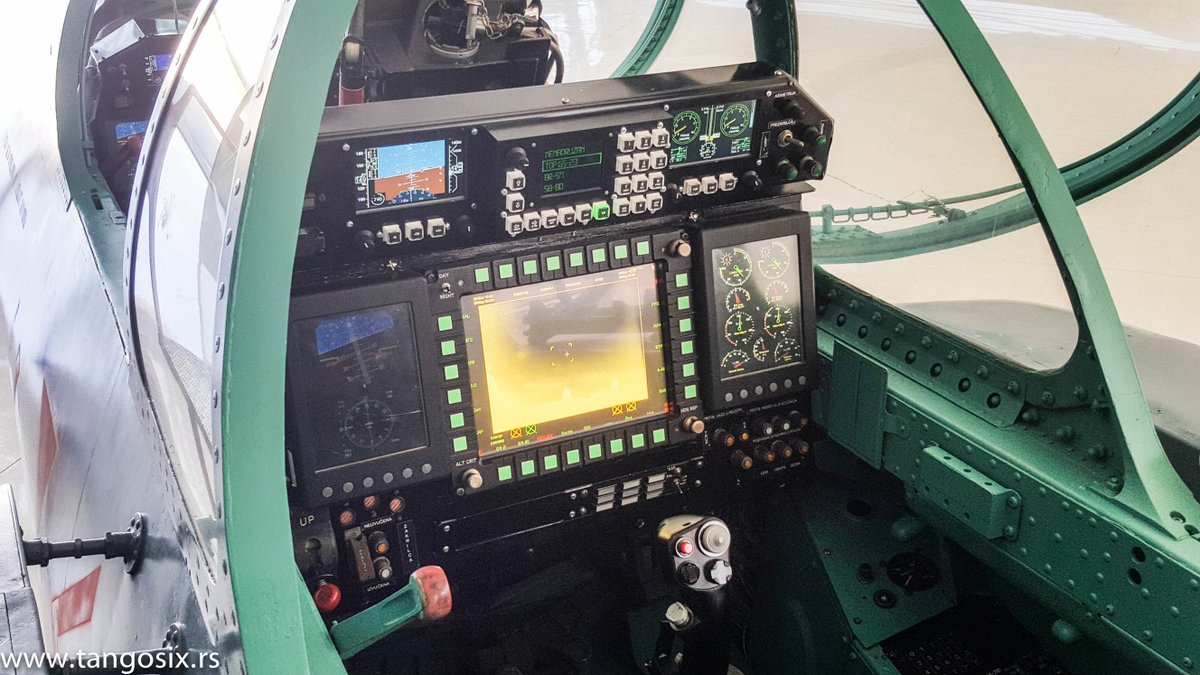Source: Army of Serbia does not have a single fighter jet in working condition
During the recent floods, doubts appeared in public whether the Army of Serbia has enough capacity to fulfill its third constitutional mission to help the population during natural disasters, but the actual condition of the combat equipment raises the question of whether the Army of Serbia can perform its first duty – defense of the country.
A source of Beta agency, close to the Air Force command confirmed the report of Serbian daily Politika that the Army of Serbia does not have a single fighter in working condition because batteries for MiG-21 and MiG-29 were not purchased from Russia.
Although it is a purchase of the assets that cost tens of thousands of euros per set, a delay in the purchase occurred not only because of the lack of money, but also because of “very rigid and bureaucratized system” that indefinetly prolongs the procurement, although even Russian squadrons, that use MiG-29, purchase batteries on the civilian market.
However, the same source claims that the situation in aviation is so difficult that it goes beyond the issue of procurement of batteries, but threatens to cause elimination of an entire corps due to the lack of aircrafts, fuel, spare parts, and even trained personnel.
Although on paper Army of Serbia has two aviation brigades stationed in Batajnica, Kraljevo and Nis, and a dozen types of aircrafts and helicopters in use, besides Gazelle helicopters, all other types of aircrafts do not fly at all, or the maintenance is being performed only on few of them, insufficient even for the basic flight training.
Fighter Aviation stopped flying last month, but even before that the situation was not much better. Despite the fact that there are dozens of MiG-21 and MiG-29 on the Batajnica airport, in reality only three MiG-21 aircrafts are active (two single seat versions and one two-seater) and three MiG-29. Before the crisis with the batteries their activities were limited only to basic maintenance and attendance in air defense system tests, which are currently not performed, probably for the first time after World War II.
The other MiG-21 aircrafts are not flying because of the expiration date of the producer – 30 years since the introduction to armament. Two MiG-21 had an extension of the period for another year, or two years, with assistance of the representatives of the manufacturer from Russia, but one of them will pass the expiry date as early as next week, after which it will be permanently grounded.
Although it has four MiG-29, left after NATO bombing in 1999, Serbia has rarely used more than three aircrafts at the same time, despite the repair that was done a few years ago.
Fighter Aviation of the Army of Serbia has aircrafts Orao and Supergaleb, but again only on paper, because Orao aircrafts have not flown for more than half a year. After the crash of the aircraft Orao in Mrcajevci, in mid-November 2013, all aircrafts of the this type were grounded. The analysis of the crash and eventual system repairs of the other aircrafts have not yet been performed, so the aircrafts remain grounded.
A few days ago one Orao two-seater flied, but this was not an aircraft from the unit, but an aircraft that has spent few years in repairing, so now flight tests are being performed. As for the aircraft G-4 Supergaleb, Army of Serbia has about a dozen aircrafts of this type, but the problem is that announced modernization of them is being prolonged for years, as well as digitalization that should enable their usage until 2020 and training of the future pilots for modern aircrafts. In fact, with current possibilities and composition of the instrument panel, which are only analog, future pilots can not be trained for modern aircrafts which only have digital multipurpose instruments. Therefore it was decided to carry out the modernization of the aircraft, especially the cockpit, but the deadline for tendering for the job expired at the end of 2008.
The basic trainer aircraft at the moment is still Utva-75, which is at the end of its resources, and which should already be out of use. Instead of it Lasta 95 should be introduced, but the introduction of the aircraft is still delayed because the planned changes in the construction have not been carried out. It was estimated that these changes would prevent the repetition of the crash in which Major Goran Savic was killed on September 26 2012.
The situation is not much better in the transport component of the aviation because at this moment Serbia has only two operational An-26 aircrafts. However, repair resource is expiring this year on one of the aircrafts, and next year on the other one. Although both aircrafts could still be repaired, the budget does not include funds for it, so their fate is uncertain. As for helicopters, which were very actively used during recent floods, their condition is very difficult both in terms of numbers and in terms of age. Army of Serbia uses total of eight tranasport helicopters – two Mi-17 and six older Mi-8. The average age of Mi-17 helicopters is 24 years, while the youngest Mi-8 is 34 years old.







 Do you mean Murica's temperament changed for the better after 9\11? I mean, that was their enabler, well and truly.
Do you mean Murica's temperament changed for the better after 9\11? I mean, that was their enabler, well and truly.




